I have put some aliases in my .bashrc to open a group of project files in gvim, each in their own tab:
gvim -p <list of file names using absolute paths>
This is all well and good, except there are several groups of files I might want to move between at any given time (my current project uses Ruby on Rails, so that explains that). What would be really awesome is if I could append the new tabs to an existing instance of gvim. In my last position I worked on Vista; I got around this by opening a bunch of empty tabs in gvim, which allowed me to right-click on a filename and choose "Open in existing No-Name gvim." Now I use Ubuntu and there's no such thing on the context menu. Is there any way to do this from the command line?
